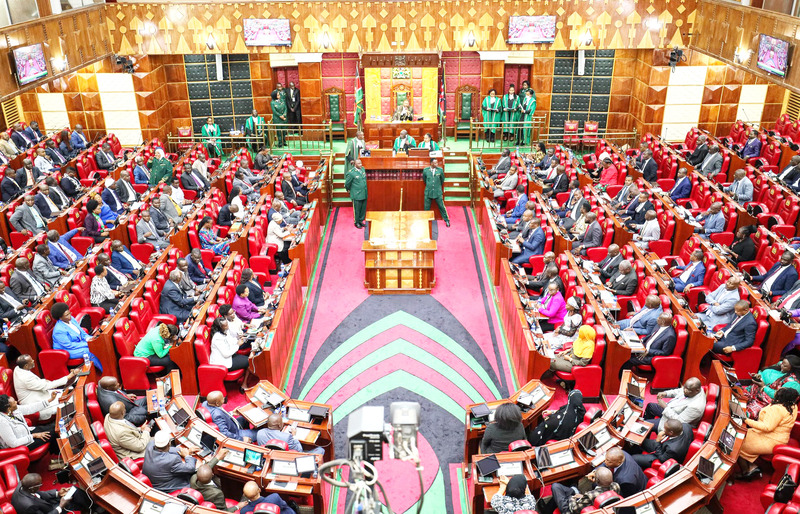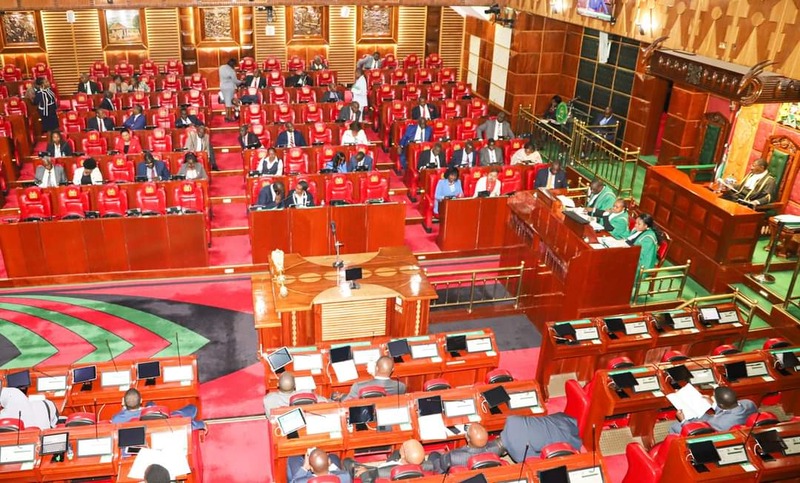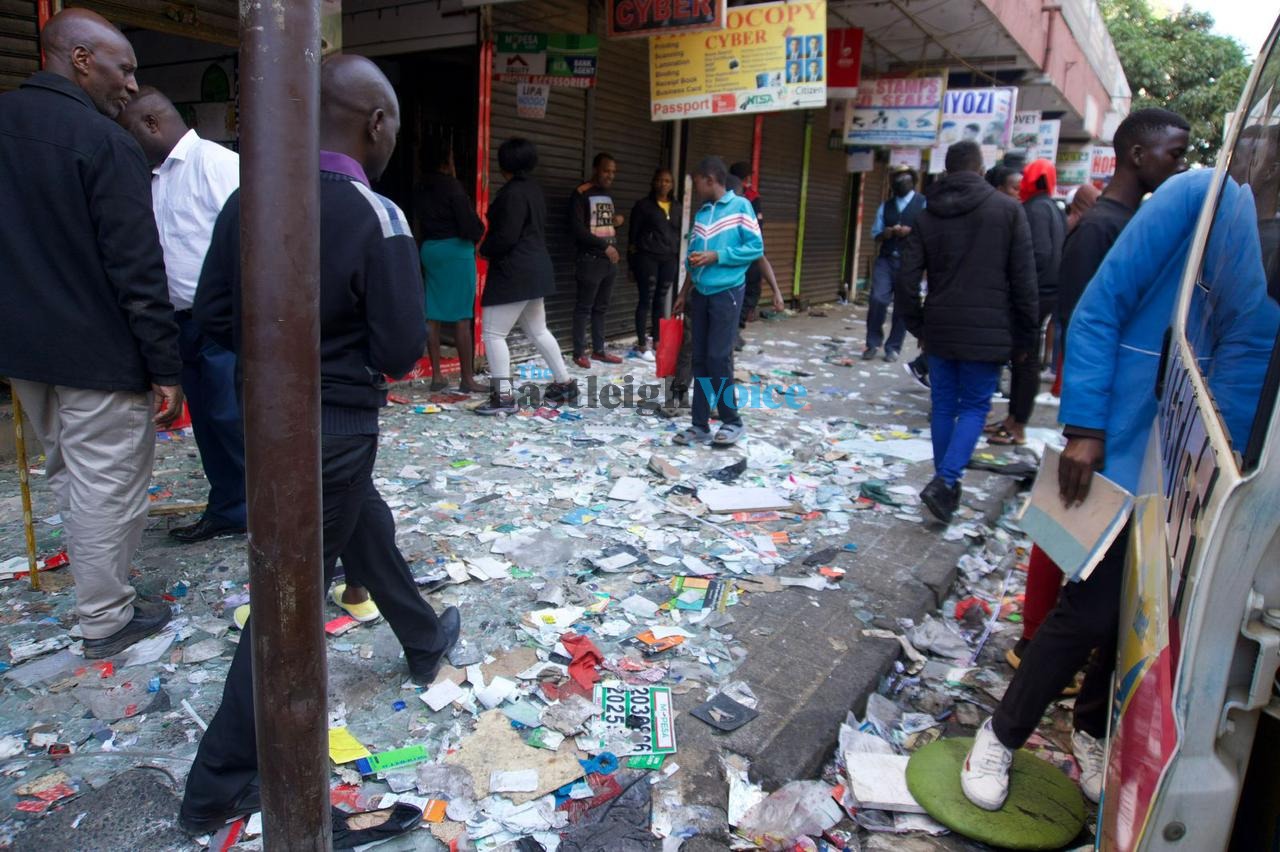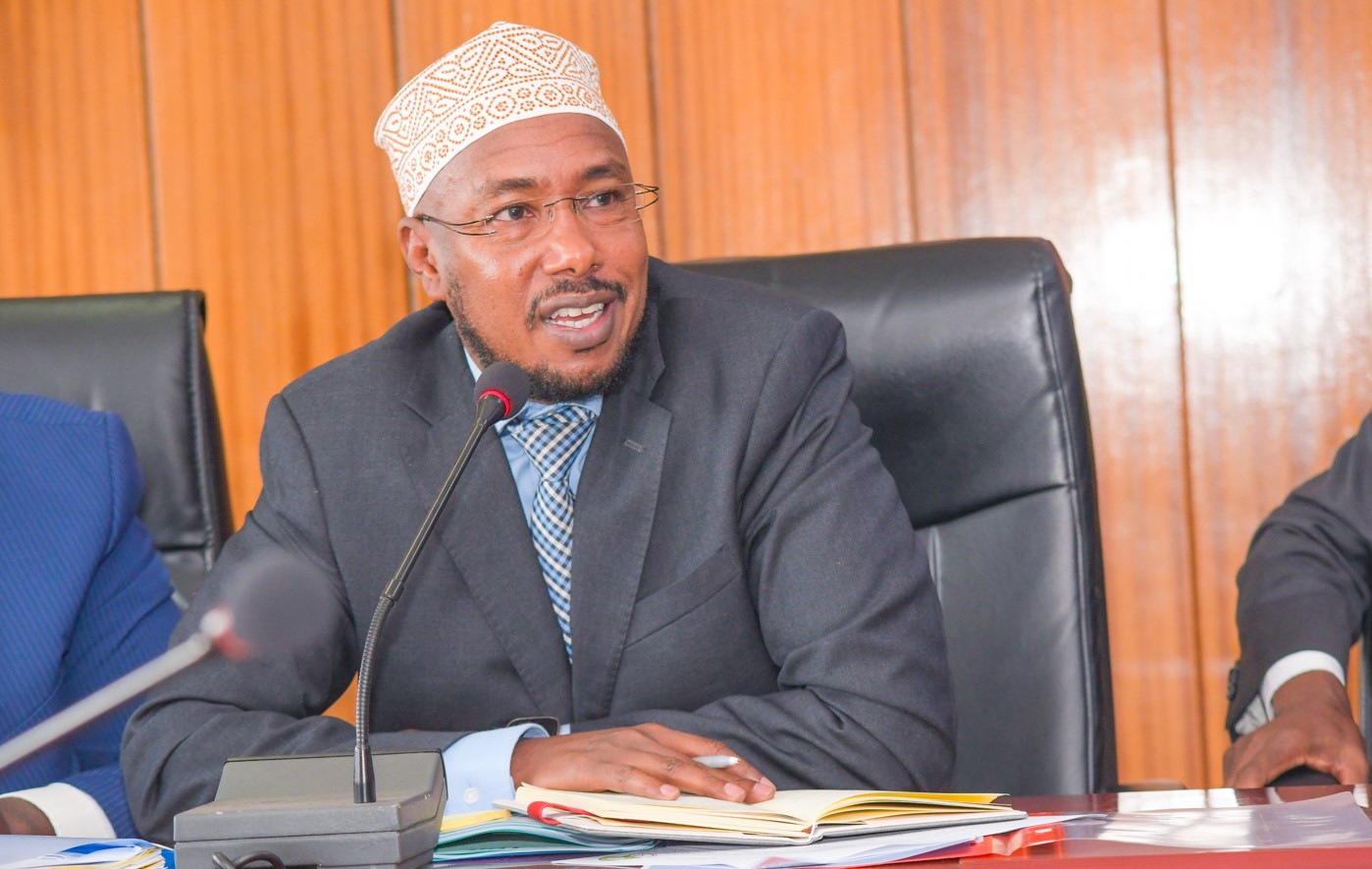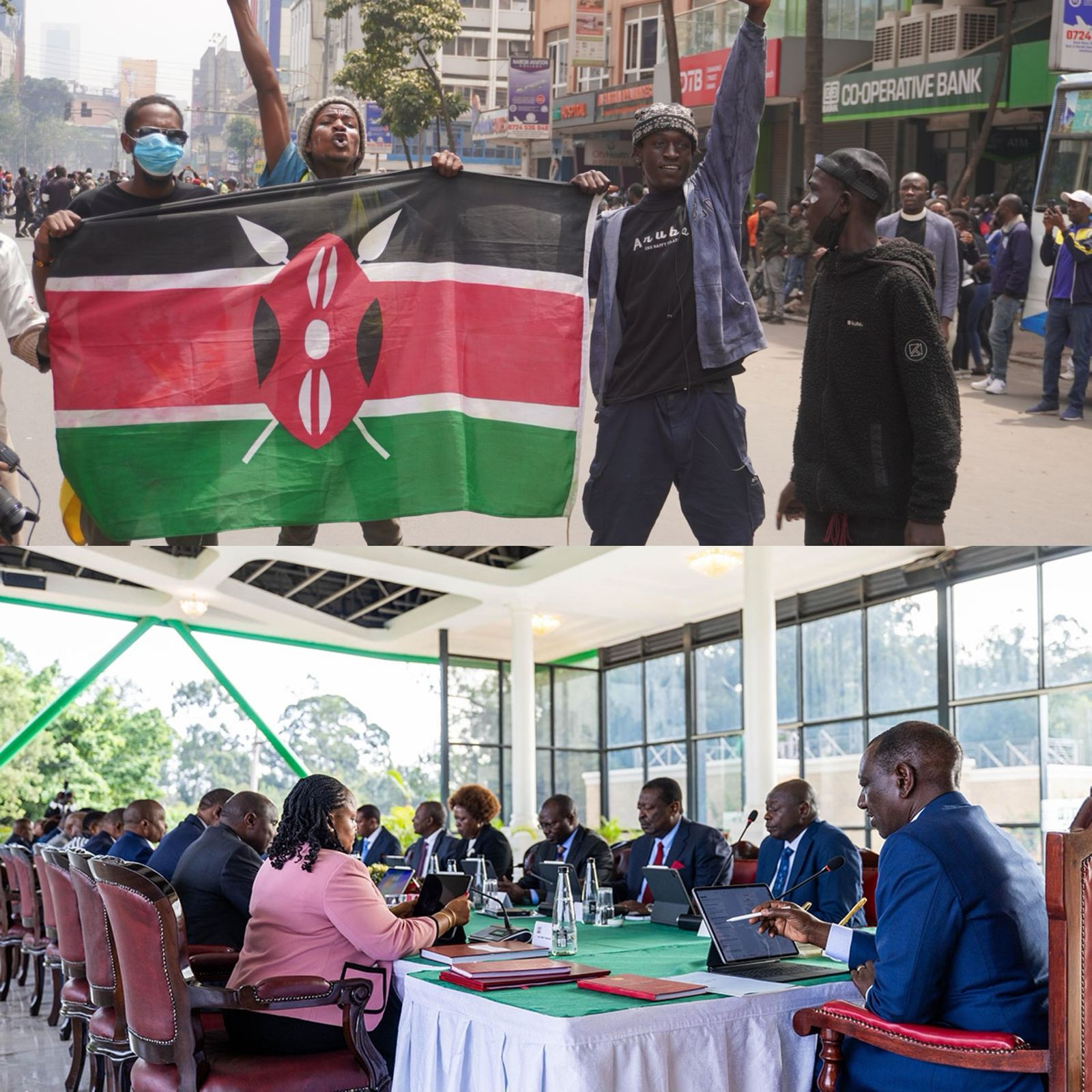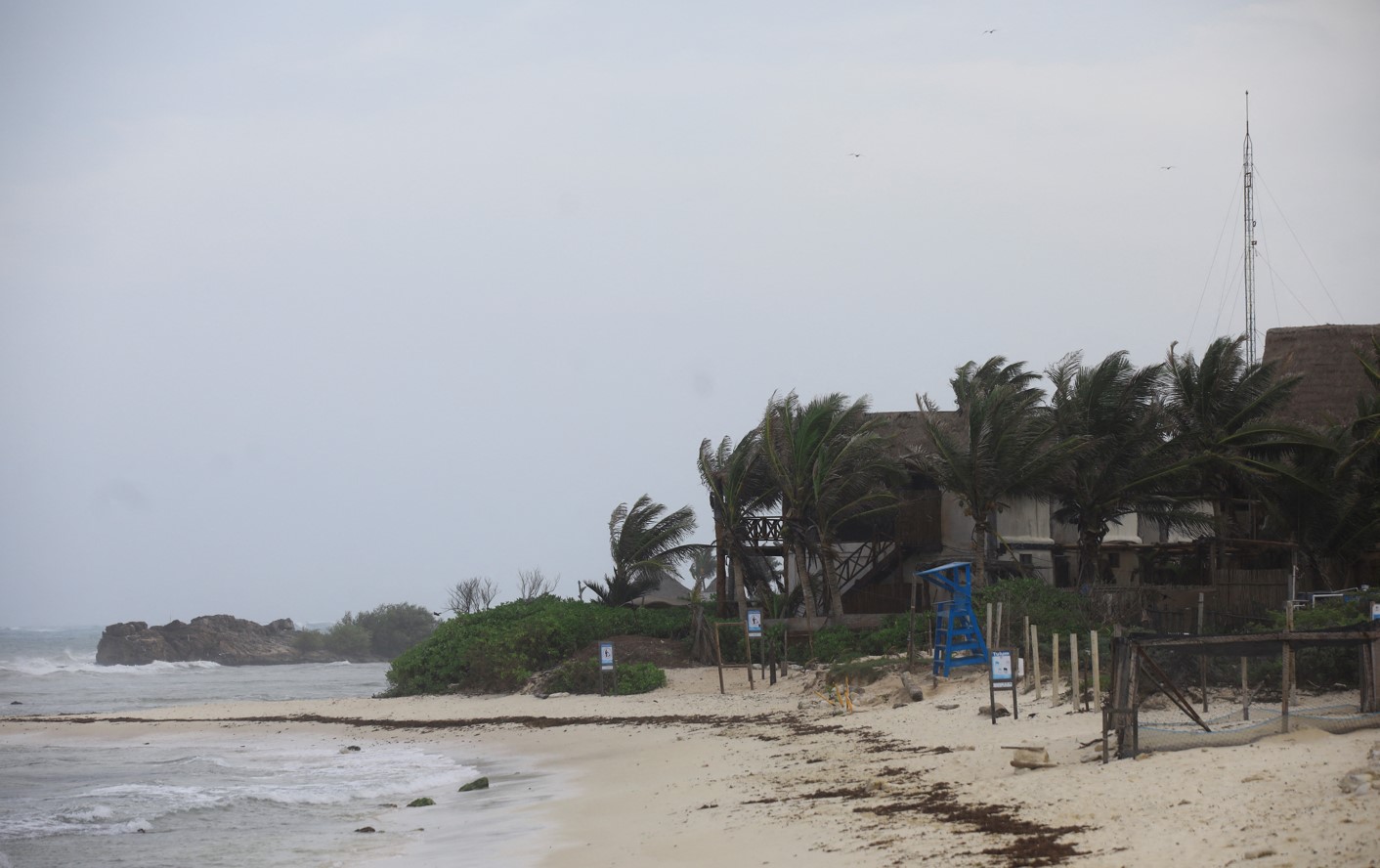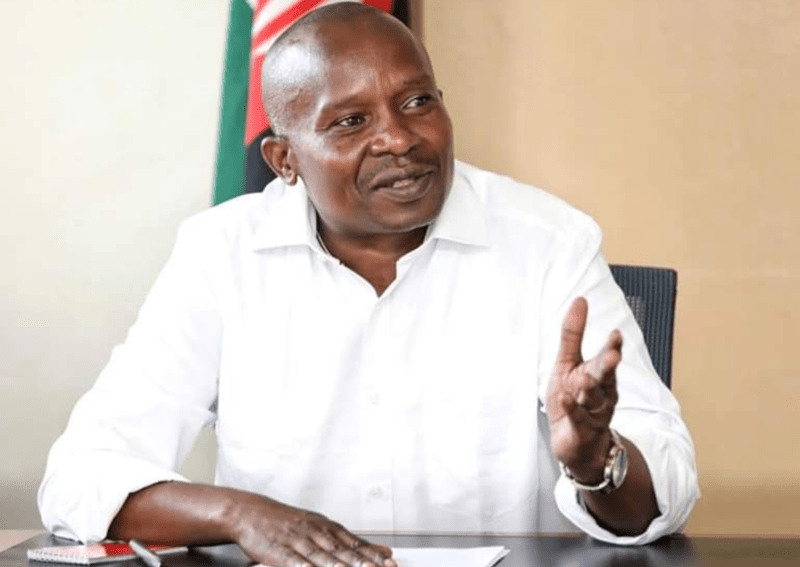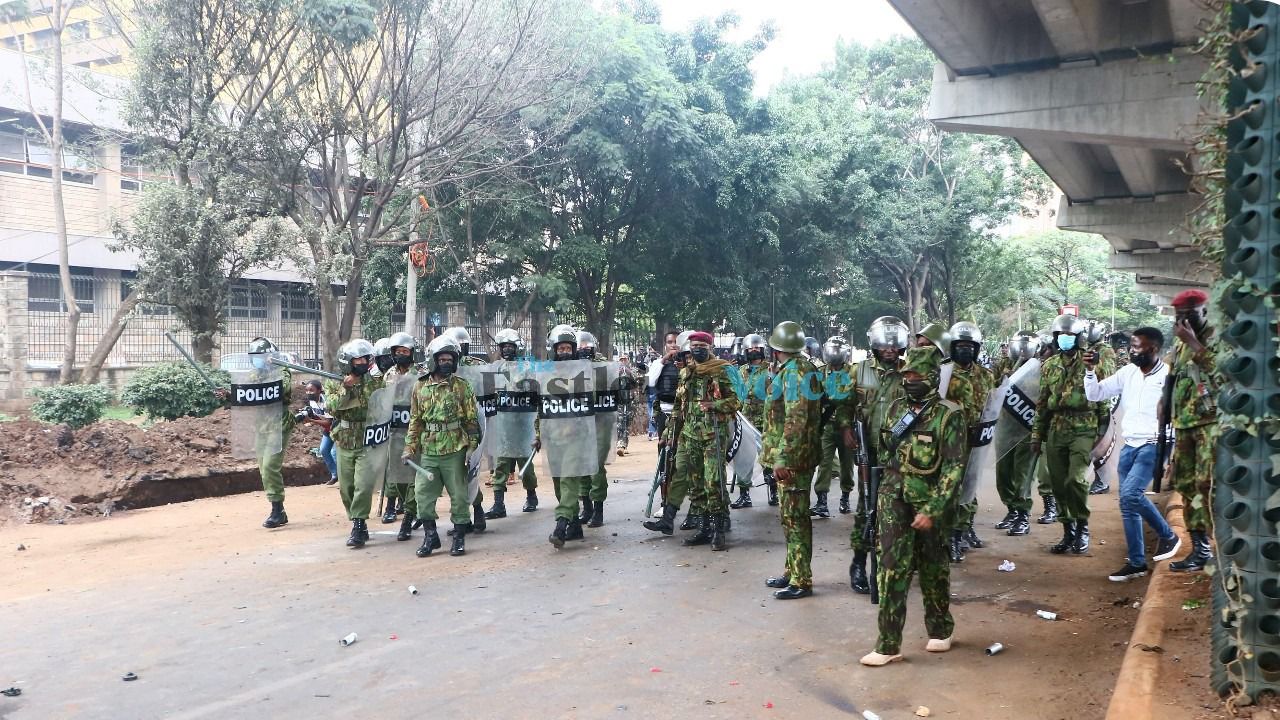Senators begin probe into 18-year delay in construction of Isiolo slaughterhouse
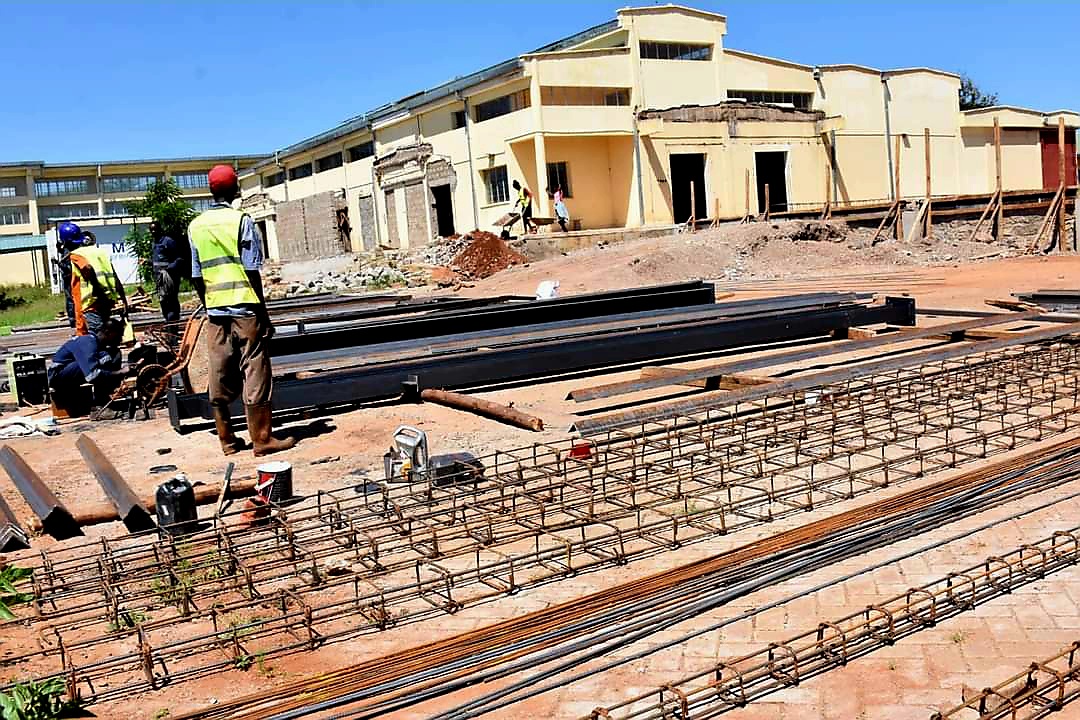
By Lucy Mumbi |
Concerns include the apparent stagnation of the project since its initiation in 2006, and the lack of a clear timeline for its completion.
Senators have initiated a formal inquiry to find out why it has taken 18 years to construct the Isiolo Export Abattoir.
During a parliamentary session last week, Isiolo Senator Fatuma Dullo demanded clarity on the project's status and the reasons behind the staggering delay from the Standing Committee on Agriculture, Livestock, and Fisheries.
Dullo voiced concerns including the apparent stagnation of the project since its initiation in 2006 and the lack of a clear timeline for its completion.
She asked the committee to provide a detailed financial breakdown, including expenditures to date, any budgetary discrepancies, and the sources of funding.
“Provide a report on the status of completion as well as a financial analysis and any other information, outlining how much money has been spent so far, whether there have been any budgetary variations, the total variation and the sources of funds,” she said.
Additionally, the senator sought information on the involvement of private companies and strategic partners in the project, including engagement details, the scope of work and the payments made.
She emphasised the importance of transparency in such engagements to ensure accountability and effective project management.
“Provide information as well as a contract, if any, on whether any private companies and strategic partners have been engaged in the completion of the project, whether it is a joint venture or otherwise, how the strategic partners were identified, the scope of work, the terms of engagement, how much each company has been paid, and which company is currently working on the project,” she said.
Dullo also called for a socio-economic cost-benefit analysis to assess the impact of the abattoir on Isioo, neighbouring regions and the nation as a whole.
The committee was also asked to explain whether public participation was conducted, as dictated by the constitution.
Dullo also questioned the existence and composition of an expert management committee overseeing the project and urged the committee to clarify its mandate, membership and selection criteria.
“Explain how the company that is allegedly equipping the abattoir was procured and how the process of handing over the expert investor company that is allegedly supposed to take over the management of the abattoir upon completion was arrived at, outlining the terms of engagement and the scope of work, and providing copies of any agreements or contracts in the process,” she said.
Further, the senator sought to know whether there were any alterations to the original design of the abattoir and the status of land ownership documentation.
“Explain whether there has been any alteration to the original design of the abattoir, outlining any changes made and what necessitated these changes, and table the title deed and any other information to prove ownership of the land upon which the abattoir is constructed,” she said.
Sitting on over 500,000 acres, the Sh850 million facility is expected to provide a ready market for farmers in the region when operations begin.
It can slaughter more than 1,000 sheep and goats, 300 cows and over 100 camels daily and will provide employment opportunities for hundreds of youths as well as support the development of other industries in the livestock value chain, such as tanneries.
The abattoir features two rail lines: one for sheep and goats, which will be fully automated, and a static one that will cater for cattle and camels.
The rails are made of stainless steel to ensure hygiene and quality standards and the county has set aside 125 acres for fattening livestock and ensuring constant supply.
Officials have indicated that the built-in expansion potential also allows for the beefing up of capacities in the future as export orders ramp up, from all around the world.

